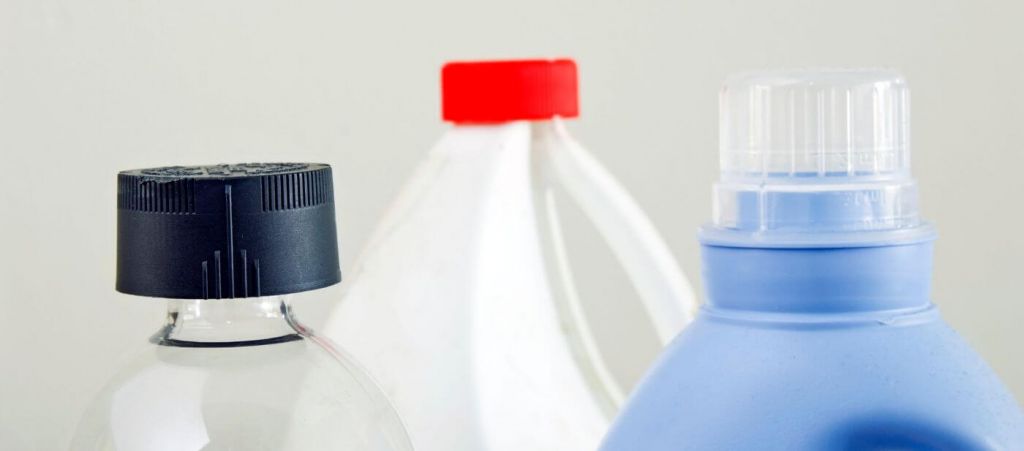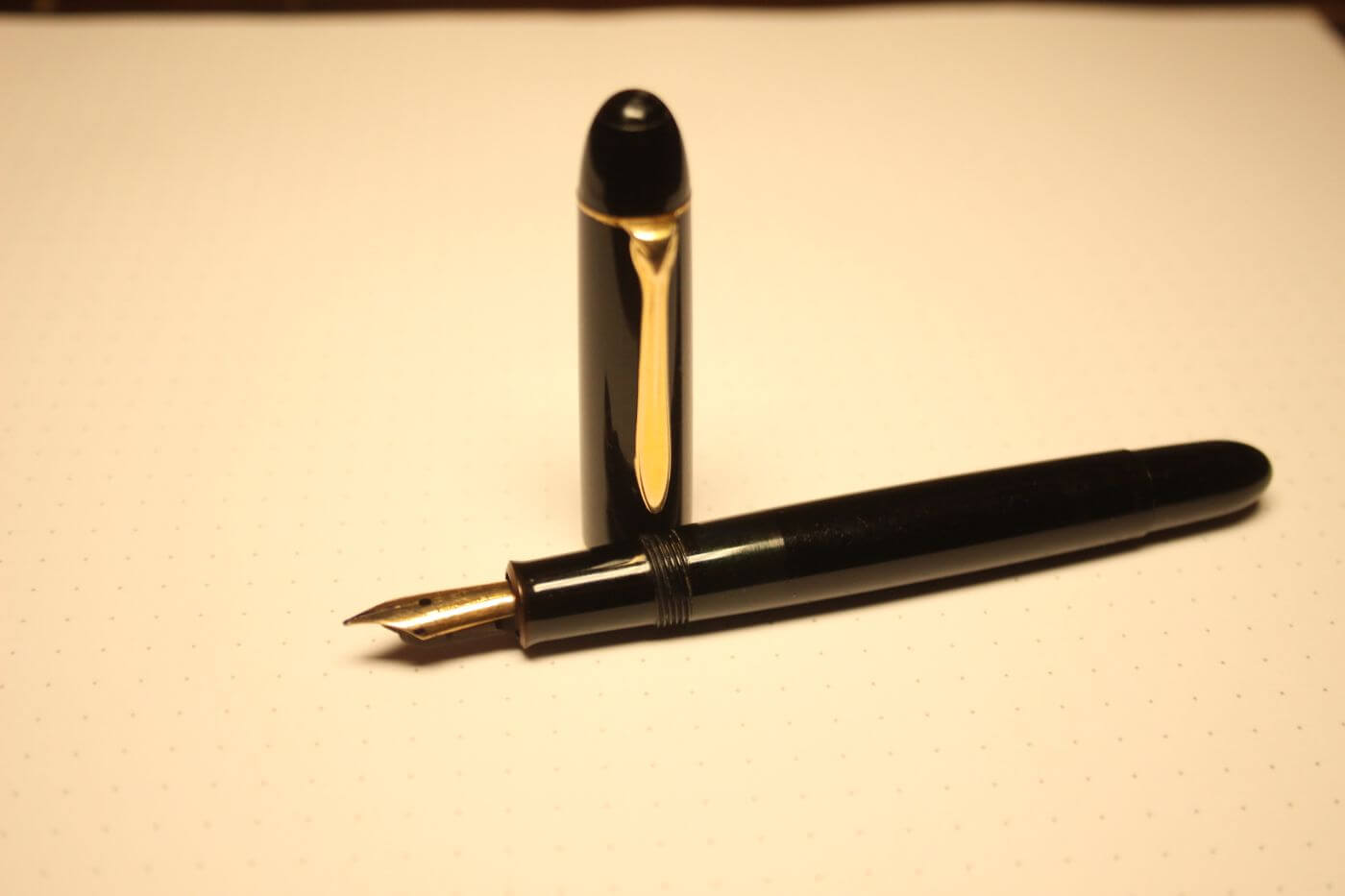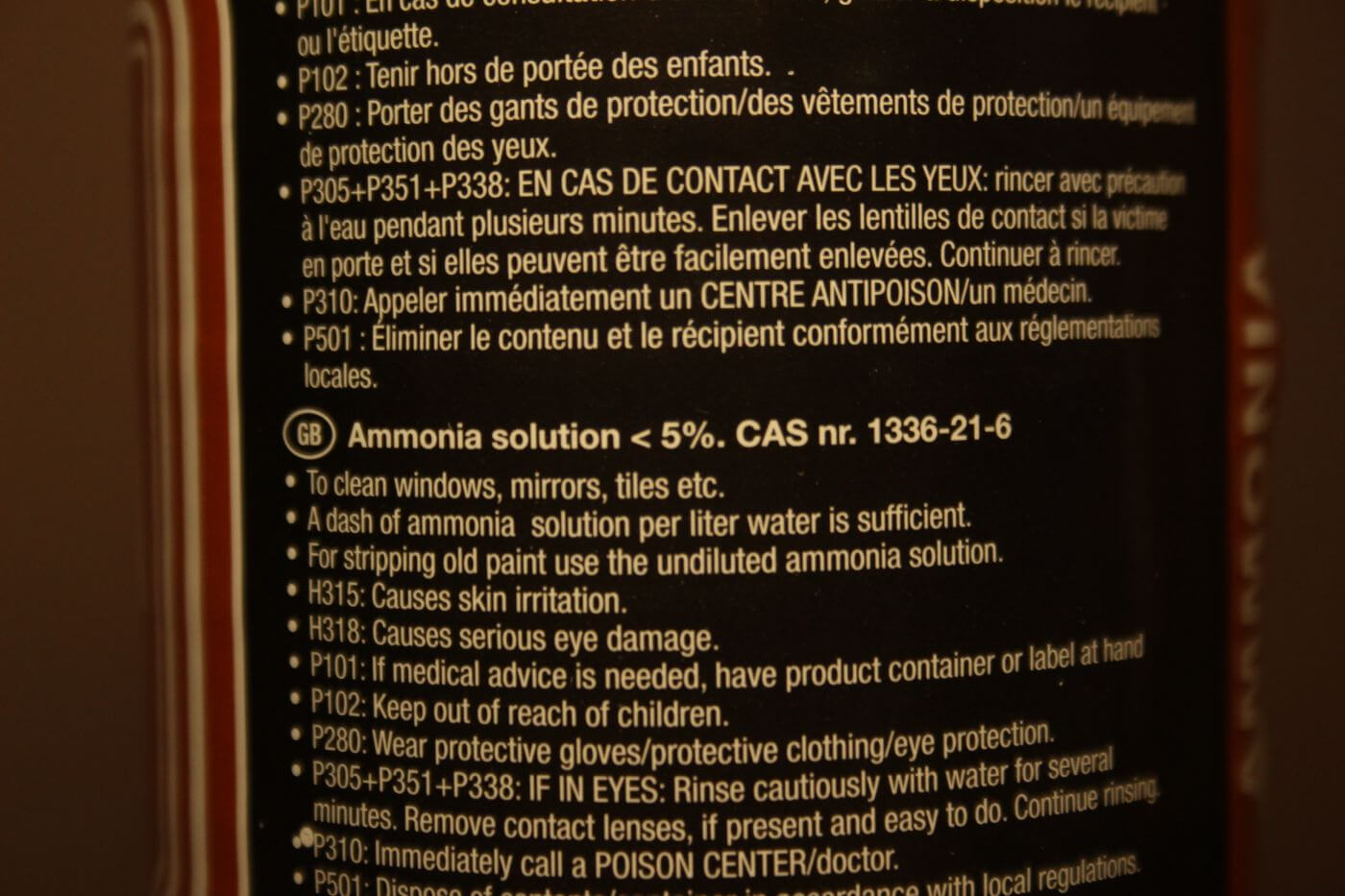Make Your Own Homemade Pen Flush for $2 (With 3 Recipes)

If tap water fails, you might need pen flush to clean your dried-out fountain pens. Luckily, it is cheap and easy to make. Let's take a look at how to do it.
How to make cheap homemade fountain pen flush? The most common homemade pen flush solution consists of 1 part ammonia (5%), and 9 parts distilled water. Simply mix and shake gently. This solution is safe for most modern fountain pens, and will work just as well as premium brands. Store in a dry and dark place.
Ammonia is nasty stuff, however, which means there are some caveats. You definitely want to read the entire article, since this flush could potentially damage your pen if you get it wrong. I've also included two other recipes.
In this article:
Recipes for Cheap Homemade Fountain Pen Flush
With fountain pens, as pen-heads out there know, you always want to be cautious. Some pens won't take an aggressive cleaning solution well, and it might damage your pen. That's why I've included three recipes here: one is based on dishwashing detergent, one on ammonia (which is more aggressive), and one mimics a popular pen flush and seems the most aggressive.
I recommend always starting out with the most gentle solution first and to work your way up. I've just realized I left out the most important pen flush recipe, which should be called recipe 0: water.
What you'll need:
- 1-liter or 4-cup measuring cup
- 2-5 liter or 0.5-1 gallon flask or jerrycan
- funnel for liquids
- squeeze bottle with nozzle
I highly recommend storing your flush in a squeeze bottle with a nozzle, like this one (check on Amazon). It's very convenient.
Recipe 1: Dish Soap Pen Flush
Ingredients:
- 1 liter (or a quarter gallon) of distilled water
- 10 drops of dishwasher detergent
Simply mix the two together in your flask and shake it gently.
Minty at the Fountain Pen Forum mentions that you could replace your dish soap for Kodak PhotoFlo 200 or Ilford Ilfoto surfactant since dish soap can leave residue in the pen that doesn't play nice with some inks.
Recipe 2: Ammonia Based Pen Flush
Ingredients:
- 1 part 5% ammonia
- 9 parts distilled water
Simply mix the two together in your flask and shake it gently.
I use regular tap water since I think it's alright to use regular water on my pens. That isn't best practice though, and some people will argue that with tap water, limescale particles will nest in the feed and clog the whole thing up. So far, I haven't had any issues. But if you want to err on the side of caution, I suggest buying some distilled water, which costs roughly $1 a bottle.
Regarding the ammonia, you want to get 5% ammonia, or, if you happen to have a different strength, adapt the ratio accordingly.
You want to make sure that your fountain pen flush contains 0.5% ammonia, no more.
Ammonia can react with plastic or silicone pen parts, resulting in wear or damage.
Safe to use on:
- acrylic plastic (contemporary)
Don't use on:
- celluloid pens from before the fifties
You could damage vintage pens by using ammonia, which is particularly tragic, since vintage pens are cool and most likely valuable.

Recipe 3: Popular Pen Flush Knock Off
I haven't tried this one myself, since we don't have this stuff in The Netherlands. The recipe comes straight off the Fountain Pen Network, thanks to Vintage.
Ingredients of the original pen flush:
- distilled water
- ammonia
- biodegradable anionic surfactants
- ethanol
Ingredients of the knock-off pen flush:
- 2 parts Formula 409 All-Purpose Cleaner
- 1 part Clorox Green Works Free and Clear dishwashing liquid
Mix the two ingredients together in your flask and shake gently.
When and How to Use a Pen Flush
When to Use Pen Flush
You don't want to use your ammonia pen flush for every little thing. As always, fountain pens need tender, love, and care. So you don't come in swinging the big guns straight away. You first whisper to it, say mantras, light a candle.
In all seriousness, I only use my pen flush in the following cases:
- When the pen keeps giving off ink after a long overnight water soak
- Whenever I'm cleaning out the pen for storage
- When the plastic of the pen is discolored by my ink
- When I've used a particularly nasty ink (you know, the glittery kind)
Some inks are just pretty hard on your plastics. One infamous ink is Noodler's Baystate Blue, although it only ruins every few pens, and it is a fantastic shade of blue.
How to Use Pen Flush
- Soak the pen in water
- Flush the pen with pen flush
- Flush the pen with water
Always start with a regular water soak
Before using your pen flush, you should always soak the pen in water overnight. Soaking in regular (distilled) water will remove most of the gunk. That way, the ammonia has fewer particles to potentially react with inside the feed, which could make things worse.
Then flush out the pen with pen flush
Flushing out the pen simply means you flush the feed with pen flush. There are several tools that will make this easier. I like to use my converters for it, but more passionate fountain pen lovers all seem to have this thing called a bulb syringe, which is generally used to spray out baby ears. Seems appropriate enough for my pen babies. Fill up a plastic cup with your premium homemade pen flush solution, fit the syringe over the tip of the feed, and suck up your royal pen flush with some generous squeezes.
Flush out the pen with water
After using any kind of cleaning product with your pen, you always want to clean it out with regular (distilled) water. I keep saying (distilled) since I don't use it, mostly because I don't bother, but you definitely could, it doesn't make you less cool in any way. Cleaning it out with regular water will prevent any pen flush residue from reacting chemically with your ink.
Don't Soak in the Pen Flush: Flush With It Instead
Pen flush isn't called pen soak for a reason. For most purposes, soaking it in regular water, then flushing it with pen flush, and again with water, should clean out your pen pretty thoroughly. If that doesn't work, repeat the process until you get tired of it. Once tired, resort to more aggressive tactics, like using an ultrasonic cleaner (USC), or hand it over to a pen specialist.
Check the Ammonia Concentration Before Mixing

I want to stress that you need to check the ammonia concentration you're using. There are different strengths available. Using the wrong one could mess up your flush. Most household ammonia solutions will contain 5% ammonia. There are however 10% solutions available, which means you have to half the portion to get the same effective amount of ammonia.
You want the total effective amount of ammonia in your pen flush to amount to .5% - no more!
Check Your Pen Material
Some pens might not like ammonia, check the materials before soaking overnight. You should definitely avoid pre-1950's pens, which are often made of cellulose and resin. Those can be damaged by ammonia or anything remotely aggressive. That's not to say that they will definitely be damaged by your pen flush. All I'm saying is you'll have to try it at your own risk.
Did you find the answer to your specific question?
👍 42 👎 0
Comments
Ivanka
I wanted to know how to make an ink pen not ink
Sheila Trivette
How do you make Fountain Pen Ink?
Thank you for your advice.
ST
Leave a comment